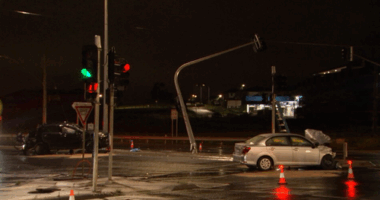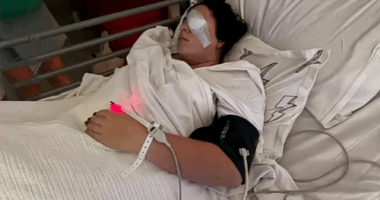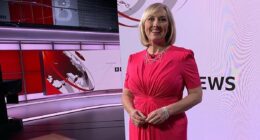Share this @internewscast.com
While some economists hold that this recent growth may sway interest rate policies, others contend there will be no alteration to the RBA’s strategies.
‘Minor surprise’
“The unexpected aspect was largely consumer spending. It certainly exceeded predictions, though it was somewhat offset by relatively weak investment figures.”
How could this impact interest rates?
Eslake predicts there will be two rate cuts in the next six months — one in November and the other in February 2026.

Source: SBS News
In its last meeting in August, the RBA announced a reduction in the cash rate from 3.85 to 3.6 per cent.
The RBA board’s remaining gatherings for this year are slated for late September, early November, and December, with interest rate declarations following each meeting.
‘Material living standards on rise’
“All those things artificially boosted growth, and that may not be sustained.”












